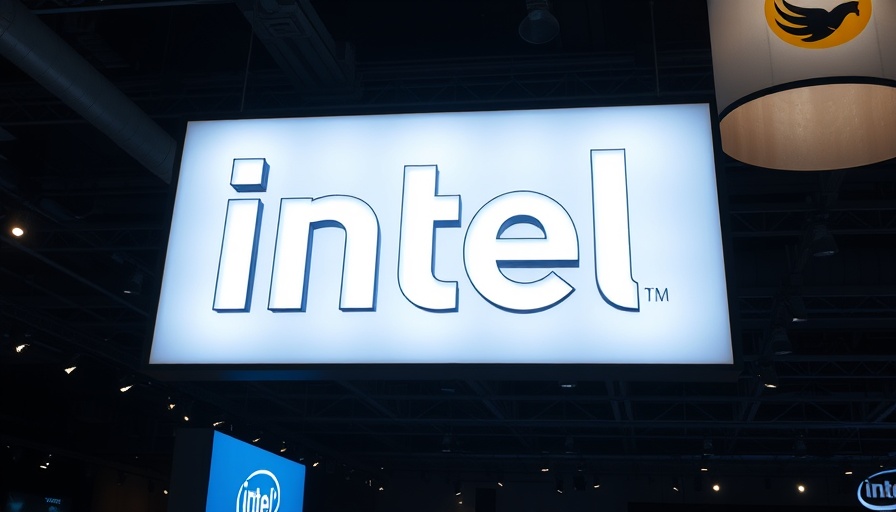
Intel’s Shift in Office Policy: A New Era for Collaboration
Intel has made headlines by announcing a significant policy change: starting September 1, 2025, employees will be required to work in the office four days a week. This decision, articulated by CEO Lip-Bu Tan during the company’s Q1 earnings call, represents a pivot from a more flexible working arrangement that previously allowed for two days of remote work. Tan cited uneven adherence to the hybrid model as a catalyst for this change, emphasizing the need for vibrant hubs of collaboration within the company.
Why Return-to-Office Policies Matter
The core of Tan’s argument rests on the belief that in-person interactions enhance productivity, creativity, and decision-making within teams. “When we spend time together in person, it fosters more engaging and productive discussions,” he stated. This sentiment is shared by other prominent tech companies, bolstering a trend towards mandatory office work. However, the nuance lies in the mixed evidence regarding productivity gains linked to such policies, with research indicating that enforced return-to-office structures may negatively impact employee satisfaction.
Comparative Analysis: Tech Giants and Their Office Policies
Intel joins a growing list of tech companies that have recently mandated a return to the office. In 2024, Amazon's CEO Andy Jassy insisted that corporate employees work five days on-site, while Salesforce adopted a four-day model in October last year. In contrast, Apple implemented a hybrid approach back in 2022. These varied responses signal a broader debate in the industry about the best practices for workplace organization in the post-pandemic world. Each company illustrates a different strategy, possibly trying to balance operational efficiency with employee happiness.
The Data Behind Office Dynamics
Indeed, studies on employee satisfaction reveal a complex narrative. Data shows that while some workers thrive in structured environments, others experience a decline in morale and productivity due to stringent return-to-office mandates. A study from Harvard Business Review found that a majority of employees valued the flexibility of remote work. The disparity in these preferences challenges the effectiveness of uniform policies; thus, leaders should consider tailored strategies that respect personal work habits while fostering collaboration.
Intel’s Future: What Lies Ahead?
As Intel prepares for this considerable shift, speculation arises regarding the long-term impact of their return-to-office mandate. With reports suggesting that the company may lay off 20% of its workforce, this new policy could play a crucial role in shaping company culture amidst potential changes in staff composition. Employees’ reactions to this policy change will be pivotal, influencing not only their personal productivity but also the overall ethos within the company.
The Emotional Aspect of Returning to Work
For many workers, especially those accustomed to remote work, the thought of returning to a structured office environment elicits mixed emotions. Feelings of anxiety about commuting, loss of work-life balance, and relational dynamics among team members are at the forefront. Intel's leadership will need to address these concerns to ensure a seamless transition that upholds the company’s cultural values while adapting to the evolving workplace.
Conclusion: The Path Forward for Tech Companies
As office policies continue to evolve, the tech industry must grapple with the implications of mandating in-person work. Companies like Intel are not just making decisions for operational efficiency; they are shaping the future of the workforce. Employees and leaders alike must engage in dialogue about the evolving nature of work, considering both productivity outcomes and personal well-being.
 Add Row
Add Row  Add
Add 



Write A Comment